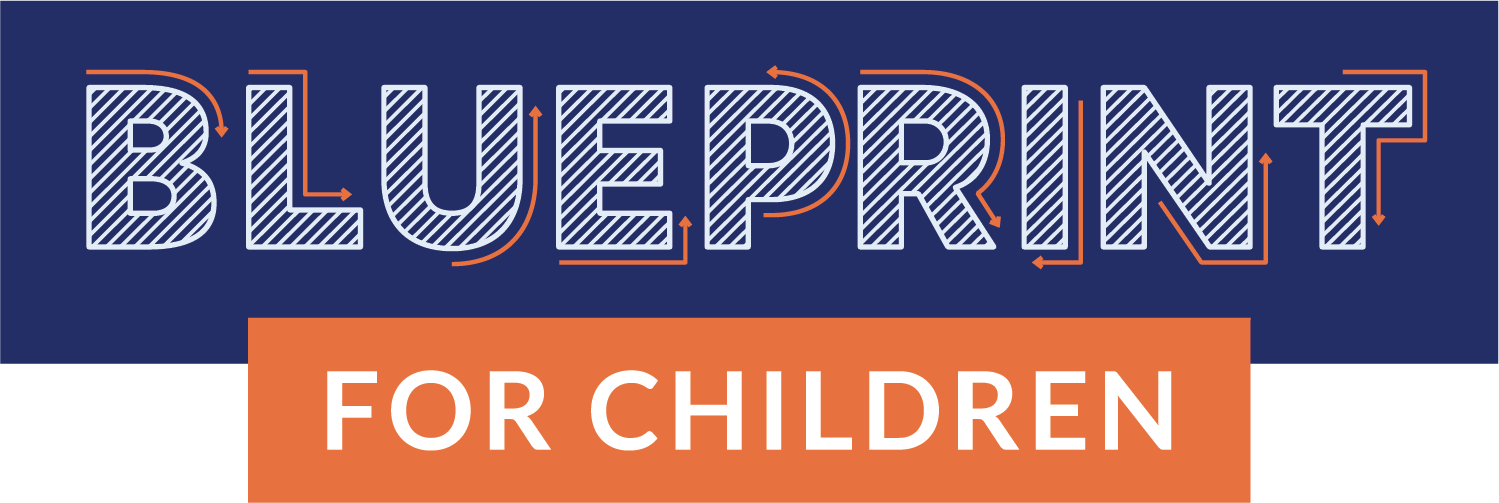
Secure Families
The COVID-19 pandemic has worsened a reality that already plagued the wealthiest country on earth: over a third of young children in the United States live in poverty or near poverty.45 The childhood poverty rate is significantly higher than the rate for adults 65 and older46, with the pandemic making it harder for parents living in poverty to provide safe, affordable housing, a regular family income, nutritious food, and access to health care for their children.
In 2018, one in seven American children had too little food to eat.47 COVID-19 has increased that number to as many as one in four.48 Nearly 22 million children who rely on school-based nutrition programs have lost two to three meals per day.49 Children of color, children with disabilities, and children with single parents are most likely to go hungry.50
Not surprisingly, poor children are less likely to do well in school, more likely to drop out of high school, and more likely to be unemployed as adults. Children who grow up poor are also more likely to be poor at age 30 than children who don’t experience poverty.51
Even before COVID-19 and its consequent economic crisis forced millions of families off employer-sponsored health care, American children faced a coverage crisis. In the past three years, the number of uninsured children has increased and 2019 saw the largest increase in over a decade.52 Hispanic children saw the biggest jump in their uninsured rate and American Indian/Alaska Native children continue to have the highest uninsured rates.53
Our nation must ensure every child’s success — by ensuring every child has food and health care.
Policies that Promote Secure Families
- Improve families’ access to Medicaid coverage and services by simplifying eligibility processes, reducing bureaucratic barriers to care, and streamlining enrollment.
- Increase funding for and access to federal nutrition programs including breastfeeding support and nutrition education.
- In light of school closures and physical distancing, develop and fund alternative sites and strategies to distribute meals to food-insecure families and maintain access to WIC.54
- Promote optimal child development and ensure parents can provide children with needed care and support by making access to paid family and medical leave universal.
- Increase opportunities to lift families out of poverty, including raising the minimum wage, offering job training, strengthening tax credits, cash assistance, bolstering SNAP, and expanding family and medical leave.
- Expand federal rental assistance, increase loan and rental availability, and improve and enforce public housing standards to combat housing inequities and environmental racism that harm communities of color.
- Improve the child welfare system to prioritize supporting families and promoting equitable outcomes, so that rather than reflexively putting children in foster care, we give parents the tools and services they need, including economic and social supports and access to needed services such as mental health and substance use disorder treatment.
- Reform child welfare policies to eliminate inappropriate institutional placements of children and youth and promote family placement and permanency.
- Ensure that infant and child product safety regulations prioritize the safety and wellbeing of children, including promoting safe sleep environments and reducing unintentional injuries through safer product standards and recall processes.
- Ensure that TRICARE covers needed services for children who live in military families and that they have access to pediatricians and other medical providers throughout the Military Health System.
A Child Health Policy Agenda for 2020 and Beyond
Last Updated
10/15/2020
Source
American Academy of Pediatrics


